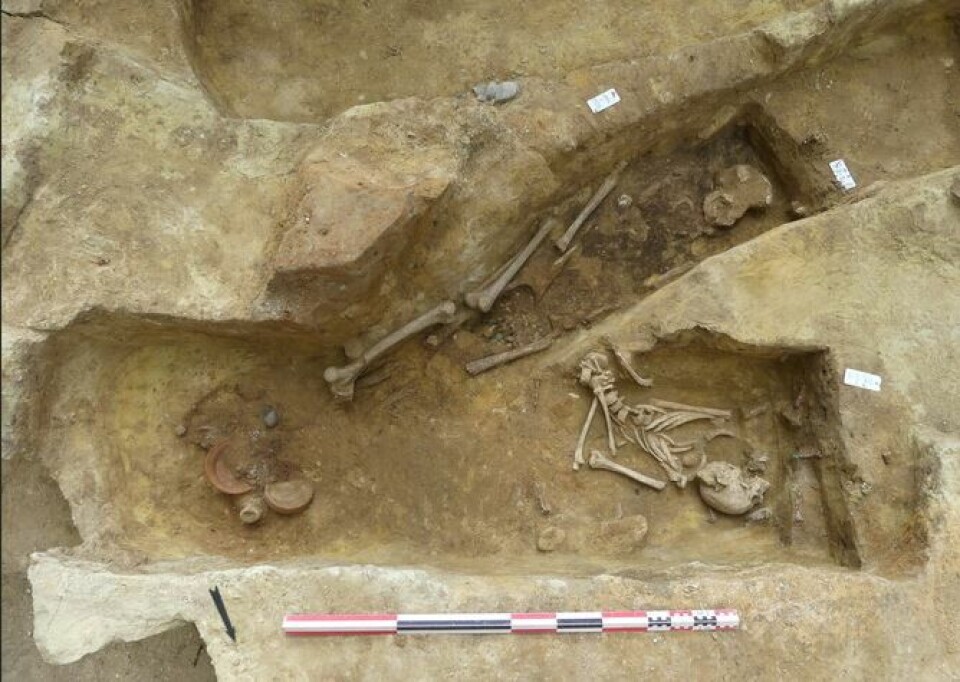-
French home energy bills to rise in 2026
Household electricity and gas bills will increase by around â¬50 per year
-
Social charges on UK government pensions: France residents report progress
Issue now drawing attention at the highest levels
-
Good news for many micro-entrepreneurs in France: plans to lower VAT threshold rejected by Senate
Vote reverses proposal to lower tax exemption thresholds for self-employed workers
Works at French train station uncover Roman-era cemetery
It was found as part of a project to build a new exit at RER B station Gare de Port Royal in Paris

Works to expand a Paris train station have uncovered a Roman-era cemetery.
The discovery was made during an archaeological excavation as part of a project to create a new exit at the RER B station Gare de Port Royal.
Thought to be the Saint-Jacques necropolis, 50 graves were found dating from the 2nd century AD. About half were accompanied with offerings, such as vases or shoes.
It was the largest burial site in the GalloâRoman town of Lutetia, the predecessor of modern-day Paris, which was partially excavated in the 19th century. At that time, the only interest was in precious objects, meaning the skeletons and other items were left and covered over.
A team of archaeologists from Franceâs Institut national de recherches archéologiques préventives (INRAP) discovered one section of the cemetery that had never been dug up.
"No one has seen it since antiquity," said INRAP president Dominique Garcia.
Read also: Explore the sites to see the legacy of Franceâs glorious Roman past
The cemetery had stood undiscovered despite works to build the RER B in the 1970s.
Gwenaëlle Desforges, who works at INRAP as an archaeologist, added: âWe rarely have complete [skeletons] in this state. They were often intersected by trenches, the RER or other gravesâ.
The dig began on March 6 as part of works at the station in the 14th arrondissement.
Camille Colonna, an anthropologist at INRAP, said there were already "strong suspicions" the site was close to Lutetia's southern necropolis.
The cemetery was regularly used for burials between the 1st and 3rd centuries AD but was abandoned from the beginning of the 4th.
INRAP says archaeologists discovered wood traces and nails, leading to the belief the dead were buried in wooden coffins.
Coins were also found that were âprobablyâ used to pay Charon, who it was believed in antiquity took the dead to the afterlife.
The works will continue until April 28 and a report will be submitted on the findings within two years.
Related articles
Five French stories that mix history and myth - from Caesar to Clovis























